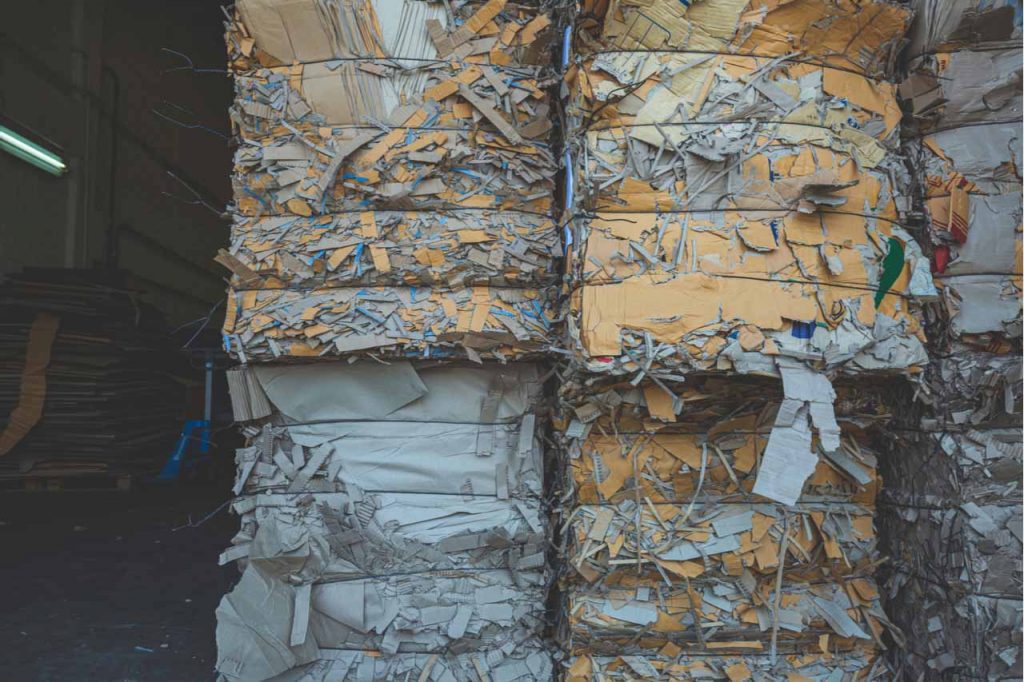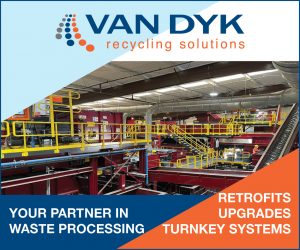
The CEO of the American Forest & Paper Association argues that paper and paperboard recycling is already a success story, but poorly designed policies threaten industry achievements. | noomcpk/Shutterstock
Recycling is a cornerstone of sustainability, and an efficient and successful paper recycling system is an essential catalyst. While the U.S. paper recycling system faced real challenges during the pandemic, decades of industry investment, educational initiatives and the actions of millions of Americans enabled our nation’s paper recycling infrastructure to weather these disruptions. As we continue working toward a more sustainable future, let’s all recognize the strength and success of the paper recycling system.
Paper recycling has been and continues to be an environmental success story because of innovation, investment and public engagement. Data from the American Forest & Paper Association (AF&PA) shows nearly two-thirds of paper used in the U.S. was recycled in 2020, including nearly 89% of all cardboard boxes. Overall, the recycling rate for paper has met or exceeded 63% every year since 2009.

Heidi Brock
The 2021 AF&PA Access to Recycling Study found 94% of Americans have access to community paper and paperboard recycling either through curbside or drop-off recycling programs. When it comes to curbside recycling, which makes it easier to recycle paper at home, 79% of Americans now have access to these programs — an increase of more than 14 million people since the study was last conducted in 2014.
This data shows the highly accessible nature of paper and paper-based recycling programs nationwide. It demonstrates the impact of our industry’s investment in paper recycling, as our industry recycles nearly twice as much paper today as a few decades ago.
The paper industry is committed to further building on its recycling success, with $5 billion in manufacturing infrastructure investments planned from 2019 through the end of 2023 to continue the best use of recycled fiber in our products. These investments create the capacity to increase the amount of recovered paper used by U.S. paper and paperboard mills by approximately 8 million tons, a 25% increase over 2020 levels.
This is why care must be taken not to upend the significant progress of paper recycling, as policymakers consider well intentioned environmental policies such as bottle bills, minimum-recycled-content requirements and extended producer responsibility programs (EPR).
EPR programs would require producers to pay in advance for recycling programs. Such a program may be the right fit for materials that are difficult to collect or process. EPR may also be the right fit if a material has low recycling rates, or where healthy end markets don’t exist. However, EPR as a one-size-fits-all approach fails to recognize important differences between materials.
The same is true for bottle bills or minimum-recycled-content policies. Poorly designed policies could easily erode the success of paper and paper-based packaging – already one of the most widely recycled materials in the world. They could disrupt efficient markets and paper recycling streams already in place and direct private-sector funds away from investment in recycling infrastructure.
The data is clear: Paper recycling is widely accessible, commonly utilized and an essential component of our shared goal of a more sustainable world. It’s important for policymakers to create a regulatory environment to foster this type of recycling success.
Heidi Brock is president and CEO of the American Forest & Paper Association.
The views and opinions expressed are those of the author and do not imply endorsement by Resource Recycling, Inc. If you have a subject you wish to cover in an op-ed, please send a short proposal to [email protected] for consideration.



